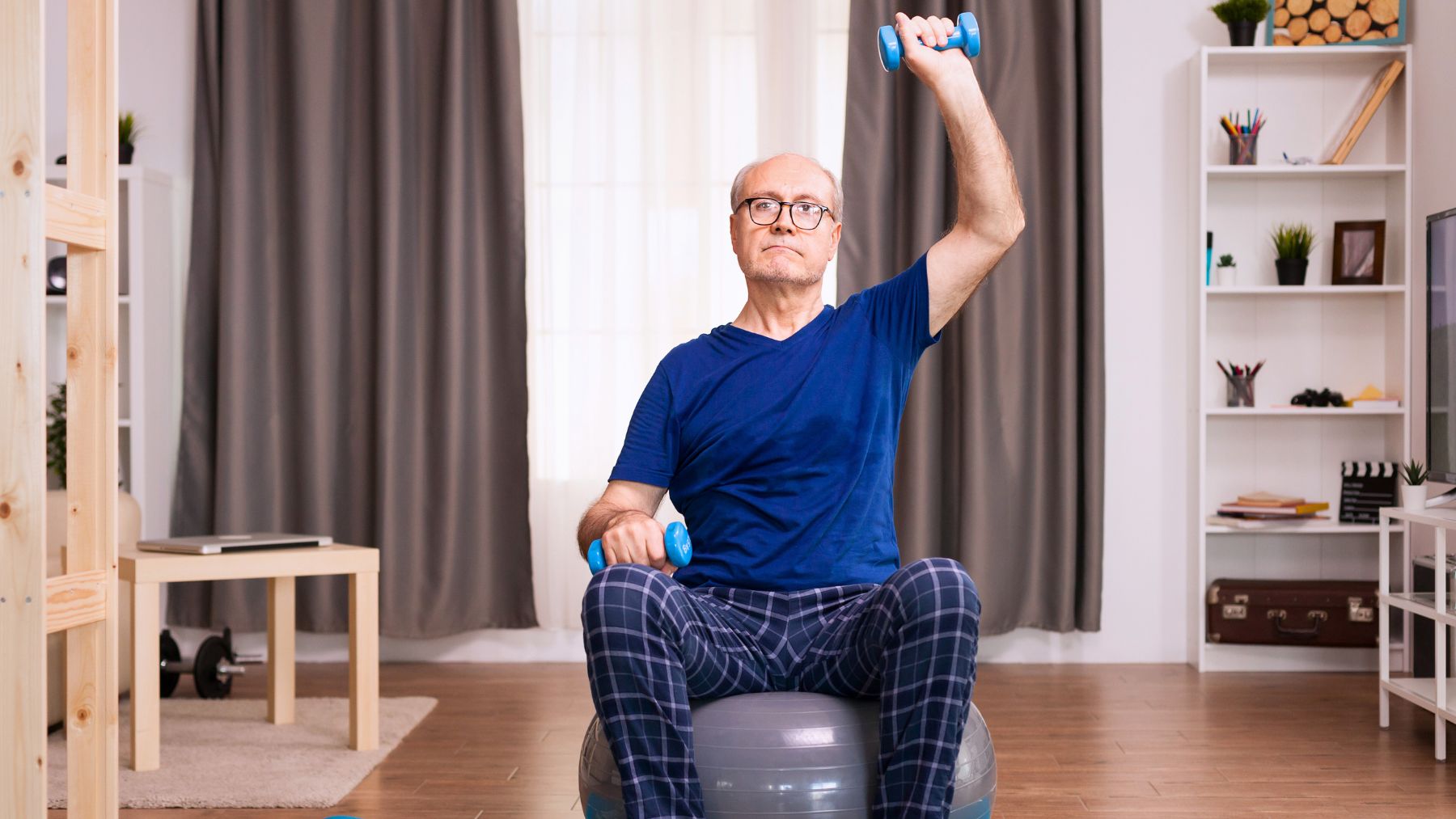If you’re over 65, maintaining strength and balance becomes more important with each passing year. One simple movement, often overlooked, can help you with it.
Climbing stairs is a powerful daily habit that supports muscle strength, coordination, and stability. In this article, we’ll explain why this everyday activity is beneficial for older adults and the simple ways to make it part of your routine.
Climbing stairs: the everyday exercise seniors should prioritize
The simple act of climbing stairs promotes strength, balance, and cardiovascular effort in one motion. It forces the legs, hips, core, and heart to work together, which makes it a functional exercise for older adults looking to stay mobile and independent.
Unlike walking on flat ground, going up the stairs requires you to lift your body weight against gravity. That effort activates key muscle groups like the quadriceps, glutes, hamstrings, and calves. Over time, this builds lower-body strength that supports better posture and reduces the risk of falls.
It’s also a natural way to improve coordination and joint stability. Every step challenges your balance, which helps strengthen the muscles around the knees and hips. Regular stair-climbing has been associated with better endurance and greater leg strength in older populations.
If you’re starting to worry about the form, be certain that it doesn’t have to mean running up flights like an athlete. Even slow, steady steps can make an impact. According to cardiologists, even short bursts of stair use throughout the day can improve circulation, raise heart rate safely, and contribute to better physical function.
How to add stair-climbing to your day
This is an exercise that doesn’t take much time, but it does require consistency. Make sure to start small and at your level, and build gradually. Here are a few practical ways to fit it in without putting too much strain on your joints or energy.
- Start with just one flight. Go up and down a single flight of stairs once or twice a day. Add more when you feel ready.
- Use the stairs at home or in public places. Skip the elevator when you can—at stores, malls, or doctors’ offices— if it’s only a floor or two.
- Break it up. You don’t need to climb all your stairs at once. A few steps in the morning, a few in the afternoon, and a few in the evening will add up.
- Use the railing. Always hold onto a railing for support, especially if balance is a concern.
- Step up at home. If stairs aren’t an option, use a low bench or step platform to mimic the movement safely.
Always listen to your body. If you experience joint pain, dizziness, or fatigue, take a break. And if you have heart or mobility issues, check in with your doctor before adding anything new to your routine.
It’s not an exercise that requires big changes. It’s a simple, no-equipment way to build strength, improve balance, and boost endurance. For older adults, even a few steps a day can help stay more active and strong.

